Elevate your design and manufacturing processes with Autodesk Fusion
Read about the story of Earl “Madman” Muntz who made a fortune designing televisions with inexpensive circuits featuring only two IF stages.
This is the tagline for the famous Earl William “Madman” Muntz, part self-taught engineer and part charismatic salesman. If you drove down the highways of Southern California in the 1940s, you might have seen Muntz’s used car billboards posted all over. Muntz was a household name, not just for his salesmanship, but for his tireless pursuit to design less, not more.

High school dropout turned millionaire
Earl “Madman” Muntz grew up in the small town of Elgin, Illinois in 1914. He was a natural tinkerer. At the age of eight, he built his first radio, and at 14 he made his own car radio. He later dropped out of high school to start a used car lot. He couldn’t sign any of the sales paperwork at the time, so his mom had to sign deals for him.
With his first used car lot a success, Earl headed west in 1941 to the land of opportunity in California where he opened lots in Glendale and Los Angeles. Here he teamed up with a young advertiser by the name of Mike Shore. The duo experimented with a variety of advertising gimmicks to sell Muntz’s cars. Soon the market was flooded with Muntz car ads in the form of billboards and radio commercials.
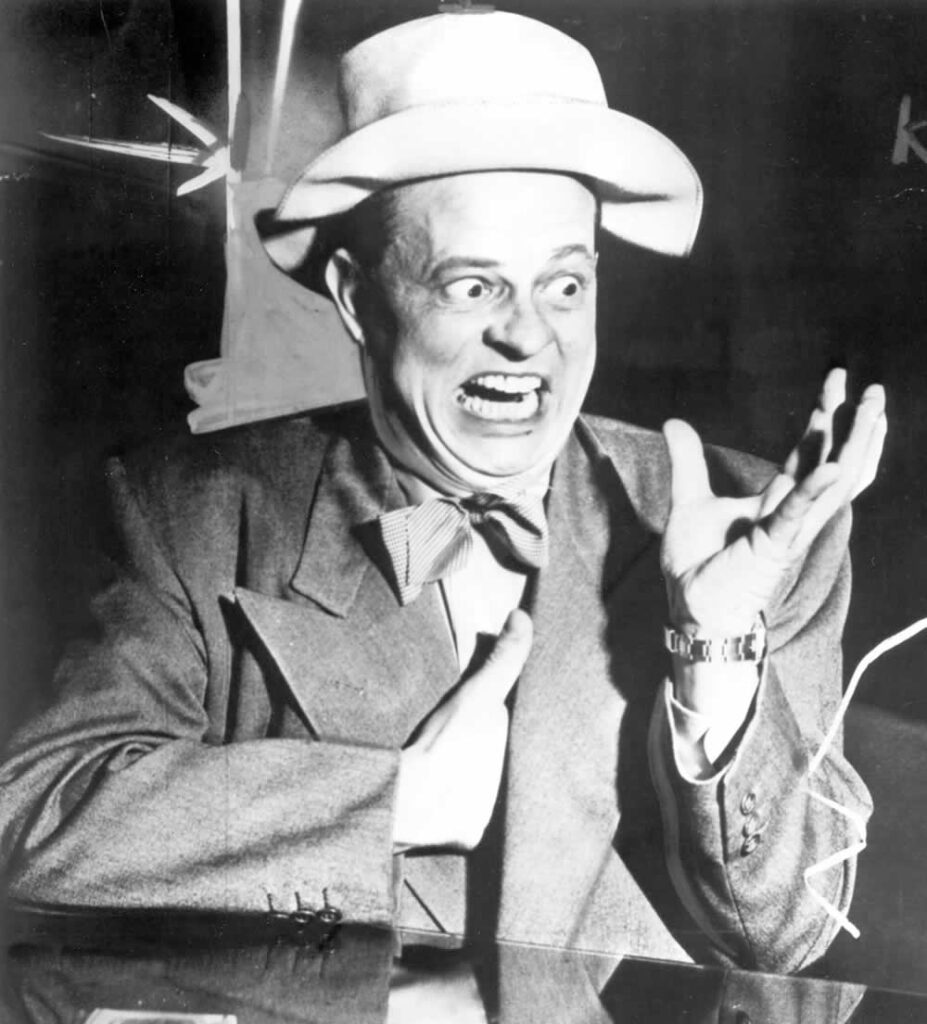
Muntz’s advertising was in-your-face. He would feature a special price on a used car, called the “special of the day.” This car had to sell by the end of the day. If it didn’t, Muntz promised to smash the car to pieces with a sledgehammer on camera. Other slogans like, “I buy ‘em retail, sell ‘em wholesale – IT’S MORE FUN THAT WAY!” made Madman Muntz a household name.
How did Muntz turn such a profit on his cars?
In the midst of World War II, new cars were only being manufactured for the war effort. This led to used cars being sold at premium prices on the West Coast. Muntz would buy cars in the midwest at low prices and hire people to drive the cars west where they would be sold for double the price. This continued practice throughout the 40s led to Muntz being the largest-volume used car dealer in the world. He brought in approximately $70 million when a million dollars was considered a success.
By 1945, there were bus tours that would stop by Muntz’s used car lot as they toured Hollywood. Eventually, Muntz turned his sights to television.
The Muntz TV
In the 1940s, televisions started becoming an affordable commodity for consumers. The problem was that they were incredibly complex. They featured a variety of components and vacuum tubes that made them unreliable and expensive to repair. It was in this atmosphere of engineering complexity that Madman Muntz found a new way to do business.
Muntz first began by buying an existing television set, taking it apart, and then removing components one piece at a time. As parts were removed, something amazing happened. The set still worked! So he would remove another part, and then another until finally the TV no longer worked.
At this point, Muntz had reduced the television’s circuitry to such an amount that he could sell them at bottom-dollar prices. The Muntz TV was officially born. It sold for $99.95 and was the first black-and-white TV to break the $100 barrier. The Muntz TV became the fastest-selling product in the United States.
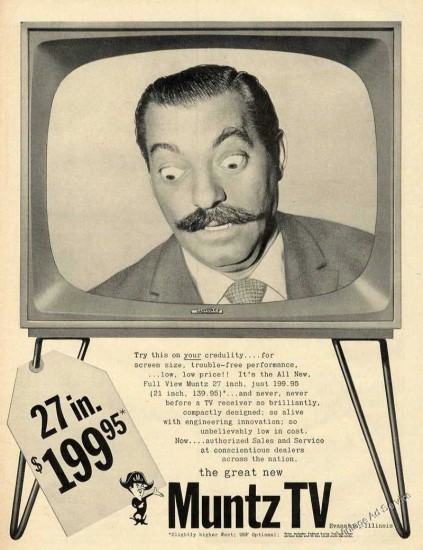
Of course, Muntz continued his advertising escapades with his television business. At one point, he hired several skywriting planes to fly over Los Angeles and draw “Muntz Television” in the sky. By the time the pilots got to “Television,” “Muntz” was already starting to blow away. What would Muntz do? He reduced television to TV. Less is more.
Strategic placement
What made Muntz TVs stand out was how they were made. At the time, manufacturing giants like RCA and Zenith were making TV sets with receivers that could hook into a signal 40 or 50 miles away. This required a complex composition of 4 Intermediate Frequency (IF) stages, each of which required a number of transformers, capacitors, resistors, and loops to stabilize the frequencies.
Muntz didn’t want any part of this, so he built his TV empire for urban areas. Instead of being miles away from a transmitting antenna, people in cities could see one just looking out their window. This allowed Muntz to design his TVs as simply as possible, with only two IF stages, cheap biases, and smaller power supplies. These simplified TV sets performed just as well as their RCA and Zenith counterparts at a fraction of the cost. Muntz dropped the price on his TVs so low that his competitors accused him of competing unfairly!
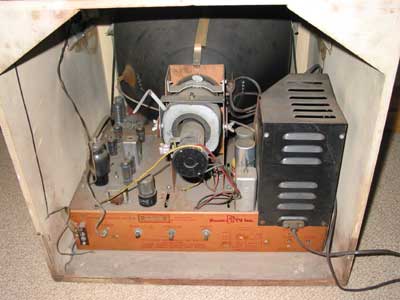
Muntzing his way to simplicity
At the heart of the Muntz TV was a simple yet profound philosophy that Muntz held over all his engineers. Design a circuit that includes only essential parts for basic operation. Muntz was famous for walking over to an engineer’s desk and inquiring about how a new circuit was coming along. He would then look over the engineer’s circuit, and remark that it was being “over-engineered.” That capacitor really wasn’t needed. To fix the problem, Muntz would pull out some insulated clippers and remove the capacitor in question.
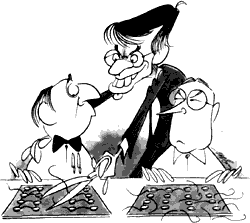
As it turns out, that capacitor wasn’t needed, and the TV still showed a nice picture! Muntz would continue studying the schematic and removing more parts. One by one he would simplify the over-engineered circuit until at last, he would remove a part that rendered the TV useless. “Well, I guess you have to put that last part back in,” he would say to his engineer and then walk away.
Design less to engineer more
This was Muntzing. It presents an idea that might come as a surprise to many engineers. To engineer more, sometimes you have to design less. The most simple and straightforward designs aren’t of lesser quality by any means, and they often result in higher reliability and lower cost. Fewer parts, fewer chances for things to go wrong. Only the essentials remain.
Muntz would take his Muntzing concept throughout the entire TV manufacturing process. Why did you need to include a manual fine tuner on a TV? Muntz TVs didn’t have them, he just didn’t include the tuning knob! All Muntz TVs were tuned at the factory.
Muntz also got rid of the Automatic Frequency Control (AFC) circuit to lower the cost of his sets. He had his engineers use a Hold circuit, which worked just as well in urban areas where signals were strong. They were also easier to troubleshoot than AFC circuits.
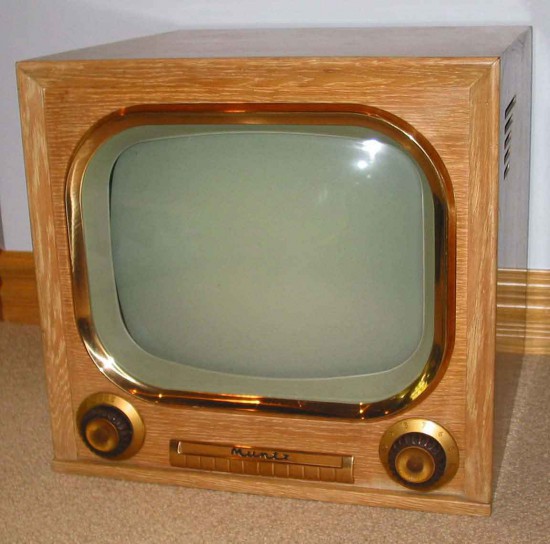
Muntz moves on from TV
As the early 1950s arrived, Muntz had made his second fortune selling Muntz TVs. He was ready for a new adventure and set his sights on becoming an automobile manufacturer. He first bought the manufacturing rights to a race car from racing champion Frank Kurtis. Then, he redesigned the aluminum-bodied sports car to make it more appealing to the general public.
He added a back seat, replaced the Ford engine with a Cadillac V9, and added padded dashboards, seatbelts, and even liquor and ice cabinets! The Muntz Jet was officially born. Only 394 of these Jets were made, many of which were sold to celebrities. Muntz never made a profit on the cars, selling them for $5,500 but costing about $1k more to produce.
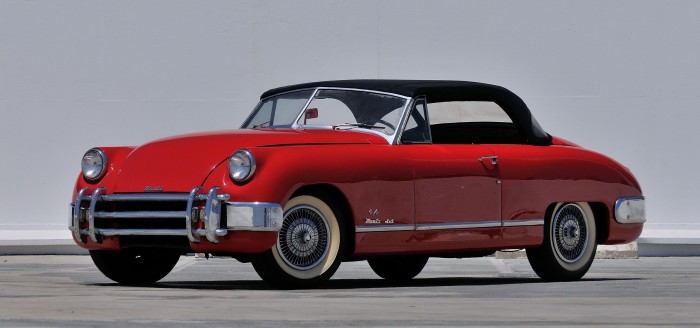
The Muntz Jet never gained the fame it deserved, and sales of Muntz TVs started to crash as the color television arrived. This forced Madman Muntz to declare bankruptcy. His $6 million worth of company stock was now worth only $200,000.
The Muntz Stereo-Pak
Madman Muntz wasn’t one to give up, though. He was soon back in business, leveraging his tinkering skills to design a four-track car stereo that he called the Muntz Stereo-Pak. A manufacturing plant was then opened, and advertisements poured through Southern California. Cars would be lined up for blocks to have their stereos installed.
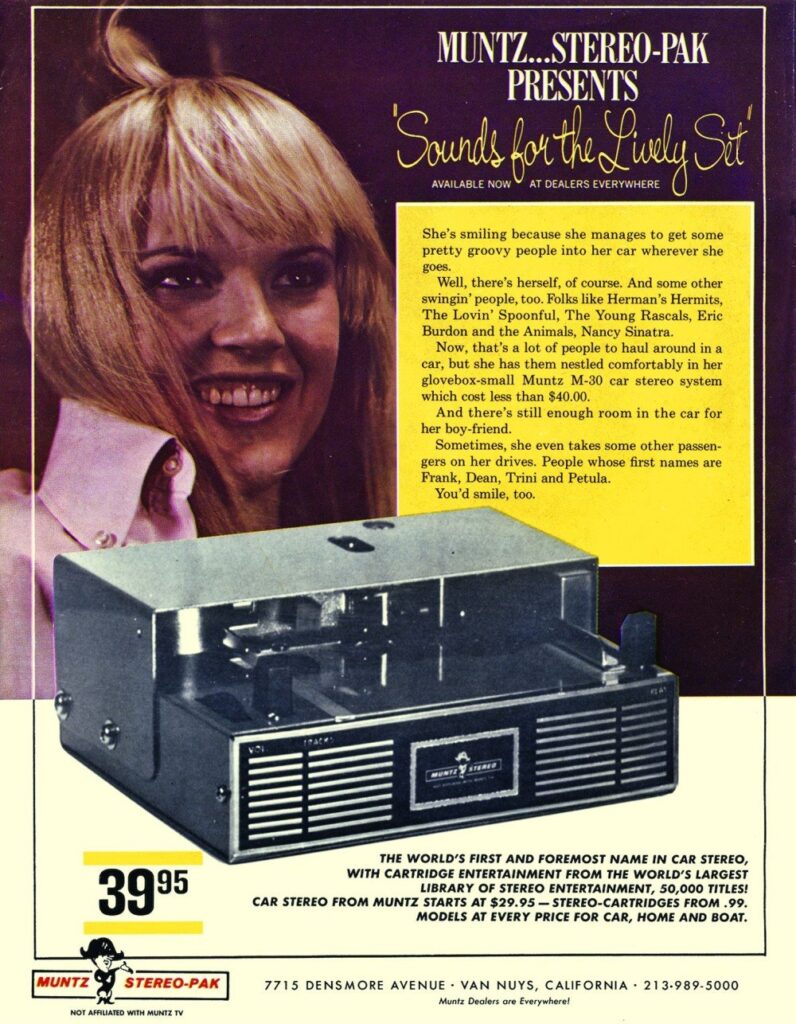
An engineering legend
Madman Muntz knew how to engineer what people needed. At a time when TVs were price-prohibitive, Muntz found a way to get rid of all the excess to deliver the same experience for less.
From automobiles to televisions, Muntz was a true legend for combining natural engineering artistry with a charismatic personality that got people wanting to buy. When Earl passed away in 1987 at the age of 77, he left behind a legacy that still impacts engineers today.
Next time you review your circuit, ask Madman Muntz for help. Muntz-ing might just make your design that much better!